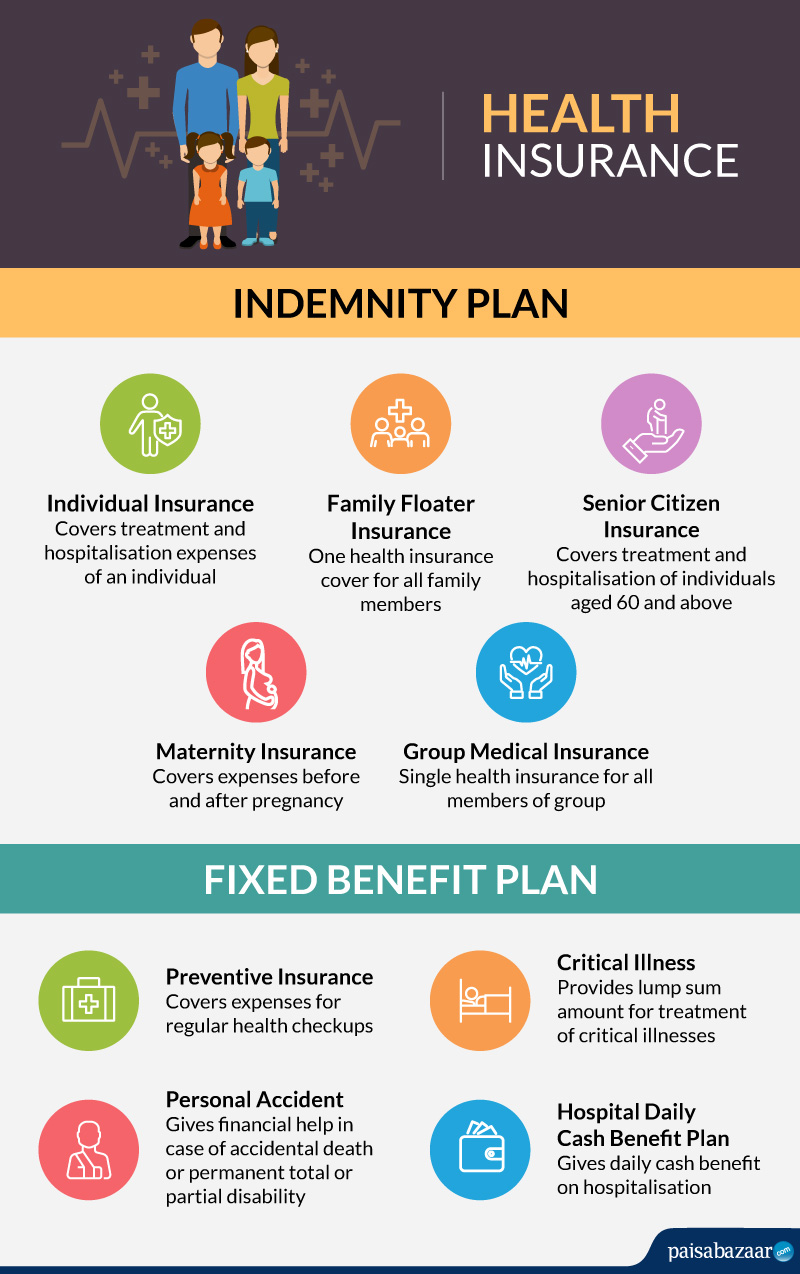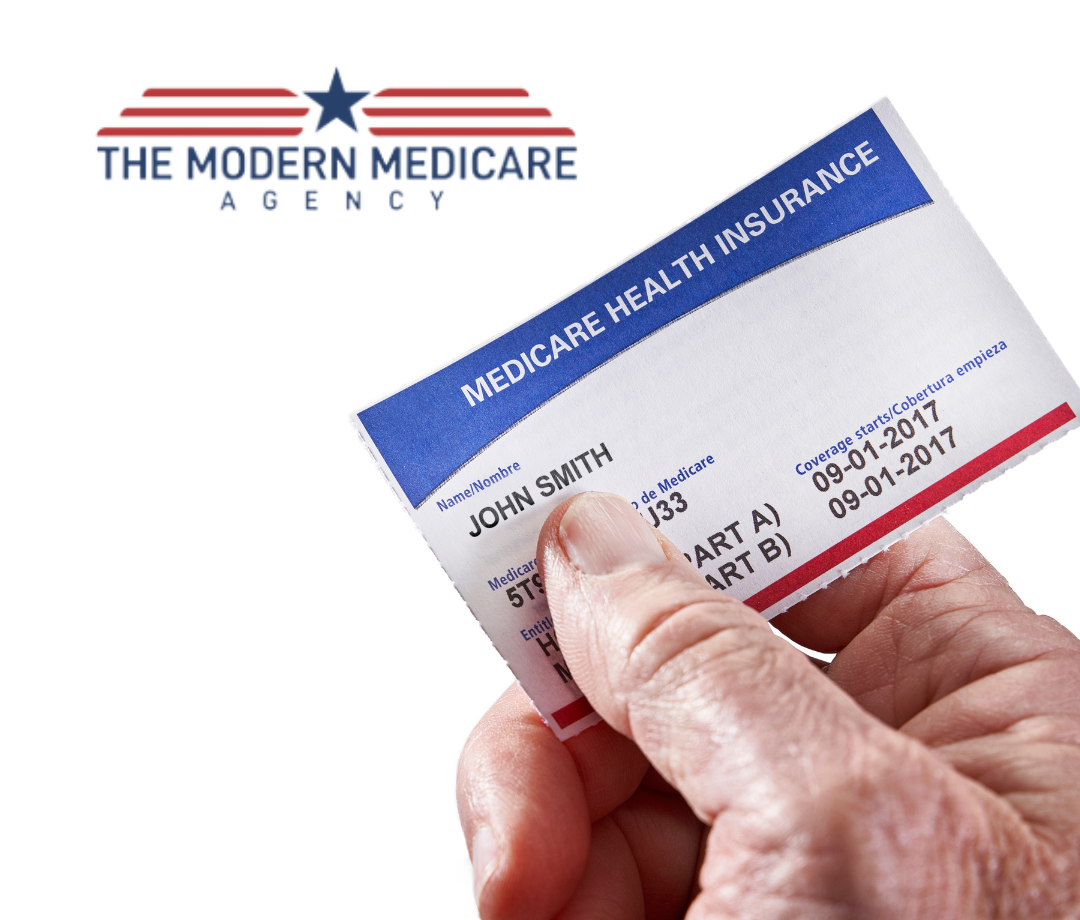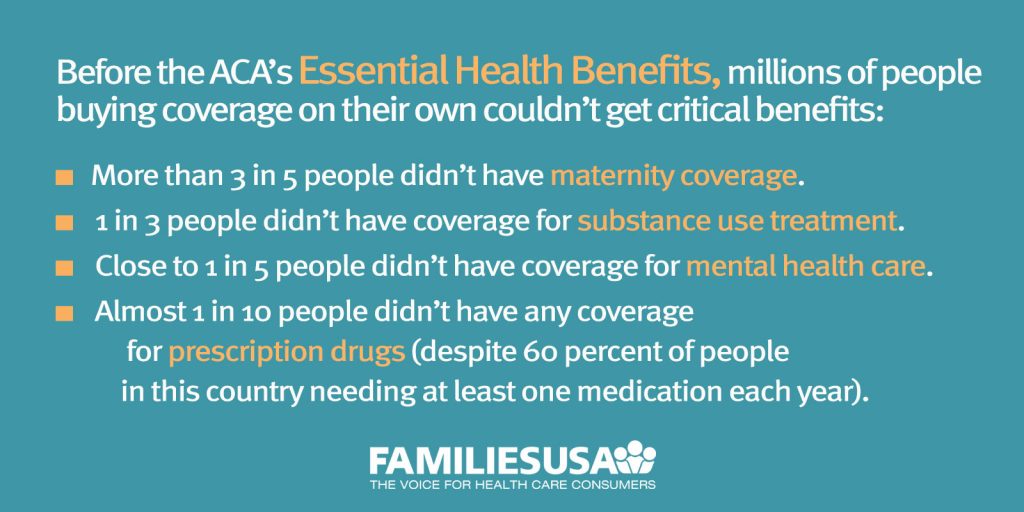The Basic Principles Of Medicare Advantage Agent
The Basic Principles Of Medicare Advantage Agent
Blog Article
10 Simple Techniques For Medicare Advantage Agent
Table of ContentsMore About Medicare Advantage AgentMedicare Advantage Agent - QuestionsNot known Details About Medicare Advantage Agent


follows from confusing the relatively young fairly profile of the uninsured with the better healthMuch better on average, standard younger personsMore youthful For those without access to work environment health and wellness insurance policy, inadequate wellness is a potential obstacle to purchasing nongroup insurance coverage since such protection may be extremely valued, exclude preexisting problems, or be merely inaccessible. Unless otherwise kept in mind, nationwide price quotes of individuals without health and wellness insurance policy and percentages of the populace with various kinds of insurance coverage are based on the CPS, the most commonly used source of price quotes of insurance protection and uninsurance prices.

Medicare Advantage Agent Things To Know Before You Buy
The connection between health and wellness insurance policy and access to care is well developed, as documented later on in this chapter. The connection between health and wellness insurance and wellness end results is neither direct neither basic, a substantial clinical and health and wellness solutions study literature links health insurance policy protection
to improved better to care, better much betterHigh quality and improved boosted and population populace wellnessStanding The 2nd report, on individual wellness results for without insurance grownups, is stood for by the inner circle of the figure, while the third record, on family well-being, encompasses the topics of the second report yet highlights a different device of evaluation, particularly, the family.
In addition, it concentrates particularly on those with no health insurance coverage for any kind of size of time. The troubles dealt with by the underinsured remain in some areas similar to those dealt with by the without insurance, although they are generally much less severe. Uninsurance and underinsurance, nonetheless, entail distinctly various policy issues, and the techniques for addressing them might differ. Throughout this research and the 5 records to adhere to, the primary focus is on individuals with no medical insurance and hence no assistance in spending for healthcare past what is offered with charity and safeguard organizations. Medical insurance is an effective aspect affecting invoice of care due to the fact that both individuals and physicians react to the out-of-pocket price of services. Health insurance coverage, nonetheless, is neither essential nor adequate to get to clinical solutions. Nevertheless, the independent and direct impact of wellness
insurance protection on access to health and wellness solutions is well established. Others will certainly obtain the healthcare they need even without wellness insurance coverage, by paying for it out of pocket or seeking it from companies who provide treatment totally free or at extremely subsidized rates. For still others, wellness insurance alone does not ensure invoice of care as a result of other nonfinancial barriers, such as a lack of healthcare suppliers in their community, limited accessibility to transport, illiteracy, or etymological and cultural differences. Formal read research study regarding without insurance populations in the USA dates to the late 1920s and very early 1930s when the Committee on the Cost of Medical Treatment created a collection of records concerning funding physician office sees and hospital stays. This issue became salient as the numbers of medically indigent climbed throughout the Great Anxiety. Empirical studies constantly support the link between access to care and enhanced health and wellness end results(Bindman et al., 1995; Starfield, 1995 ). Having a regular resource of care can be taken into consideration a forecaster of accessibility, instead of a straight procedure of it, when health results are themselves utilized as gain access to signs. This extension of the notion imp source of access dimension was made by the IOM Board on Monitoring Accessibility to Personal Healthcare Solutions(Millman, 1993, p. Whether or not moms and dads are insured appears to influence whether their children receive treatment as well as how much careeven if the youngsters themselves have insurance coverage(Hanson, 1998). The health and wellness of moms and dads can impact their ability to care for their youngsters and the degree of family stress. Bothering with their youngsters's access to care is itself a resource of anxiety for parents. 3 phases follow in this record. Chapter 2 provides a review of how employment-based health and wellness insurance coverage, public programs and individual insurance coverage plans run and connect to give comprehensive yet incomplete insurance coverage of the U.S. populace. This includes a testimonial of historical fads and public plans impacting both public and exclusive insurance coverage, a conversation of the interactions amongst the various kinds of insurance policy, and an assessment of why people move from one program to an additional or finish up

Report this page